Bingsu is a delightful Korean shaved ice dessert that has captured the hearts of dessert lovers around the world. This icy treat is especially popular during the hot and humid Korean summer, providing a refreshing escape from the heat.
Bingsu typically features fine, snow-like ice shavings topped with various sweet toppings such as red beans, chopped fruit, and sweetened condensed milk.
Originally, bingsu (sometimes spelled bingsoo) evolved from a traditional Korean dessert known as patbingsu, which includes red bean paste. Although it started with simple ingredients, bingsu has since branched into countless variations.
These variations might include fruit syrups, diced kiwi, strawberries, Korean rice cakes, and even passion fruit, offering a diverse array of flavors and textures.
Unlike typical shaved ice in some Western countries, proper bingsu has an extremely fine texture, almost like freshly fallen snow, making it unique and popular to dessert lovers.
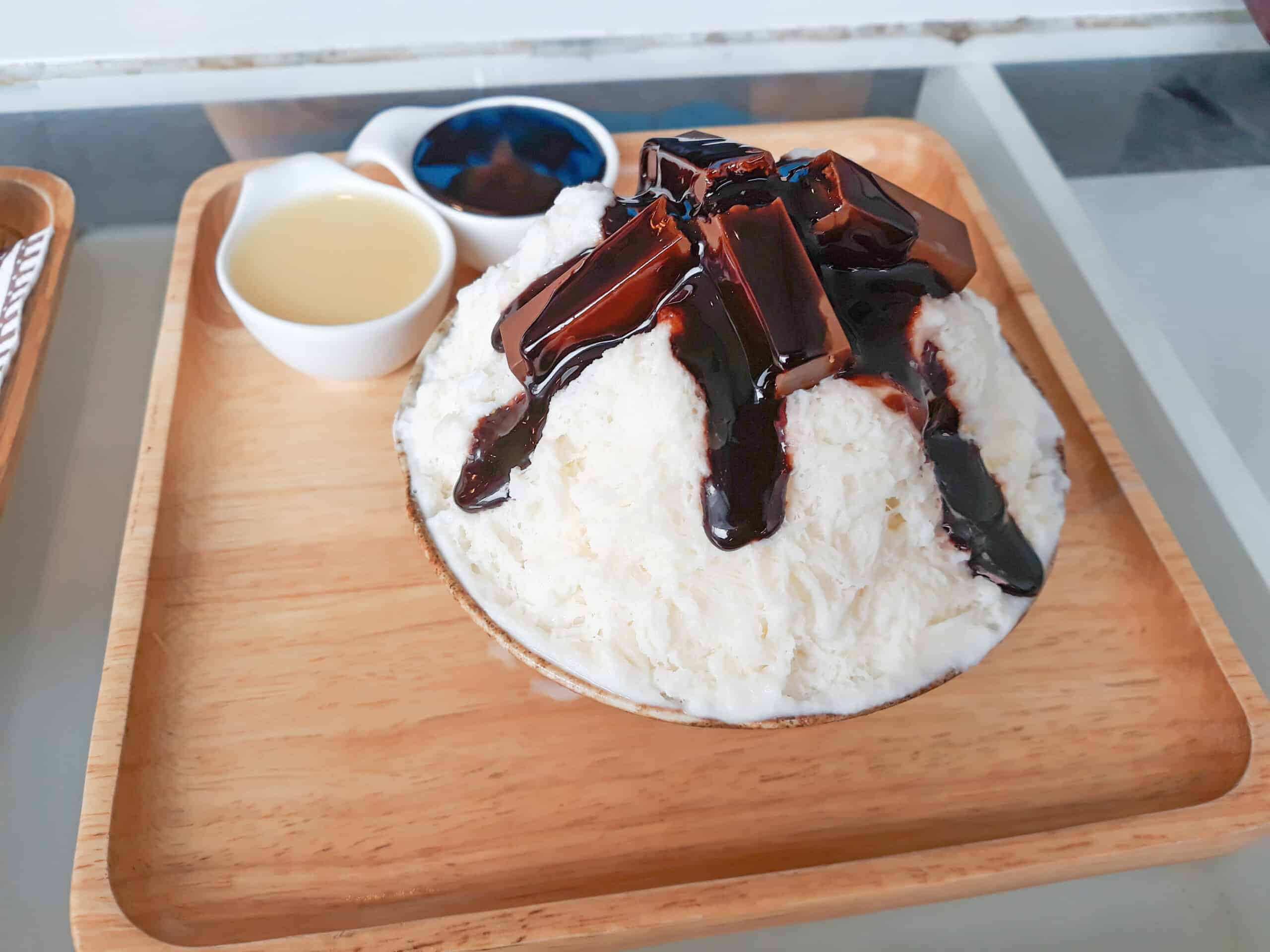
Jump to:
⌛ History and Origin
Evolution from the Joseon Dynasty
Bingsu's roots in Korea date back to the Joseon Dynasty, during which the upper class enjoyed the dessert. Initially, it was made by finely shaving ice blocks and topping them with sweetened red beans, known as patbingsu.
This simple yet delightful treat was a way to combat the hot summer months.
After the Korean War, bingsu underwent another transformation when American soldiers in Korea introduced condensed milk, making the dessert richer and creamier.
In the 1980s, bingsu became more mainstream, with additions like rice cakes and jellies becoming standard toppings. Over time, it evolved from an elite treat to a popular dessert enjoyed by people from all walks of life.
Influence from China and Modern Variations
The concept of bingsu originated in ancient China, where people collected snow and placed it on top of fruits and honey. This practice spread to Korea, eventually evolving into the bingsu we know today, but the Chinese influence is still evident in the basic idea of shaved ice combined with sweet toppings.
In modern times, the variations of bingsu have exploded, and you can now find versions with various toppings, including fruits, syrups, and even chocolate. Seoul's trendy cafes often feature elaborate creations that blend traditional and contemporary ingredients, offering various flavors and textures.
Using artificial ice instead of natural ice has also made enjoying this Korean dessert year-round easier. Drawing on ancient traditions and modern innovations, bingsu has become a beloved part of Korean culture, enjoyed by people of all ages.

🍨 What is Bingsu?
Defining Bingsu
Bingsu typically involves a base of finely shaved ice that resembles snow, which is often made from milk to add a creamy texture. Standard toppings include sweetened red beans, fresh fruits, rice cakes, and condensed milk.
Some popular versions include fruit bingsu, which features fruits like strawberries and mangoes, and patbingsu, which includes red bean paste. The dessert is usually served in large portions, making it ideal for sharing.
Bingsu vs. Other Shaved Ice Desserts
Bingsu differs from other shaved ice desserts due to its texture and toppings. Unlike traditional shaved ice, which is simply water-based, bingsu often uses milk ice, creating a creamier base, which gives it a richer flavor.
Moreover, using ingredients like sweetened red beans and rice cakes adds to its uniqueness. In contrast, Western shaved ice desserts often rely on syrups and artificial flavors. Hawaiian shave ice might be the closest comparison, but it still lacks the creamy texture that defines bingsu.
Additionally, bingsu's presentation is often more elaborate. It's common to find it in specialty cafes, especially in Seoul, where the dessert is not just a treat but an experience, making it a standout among shaved ice desserts globally.
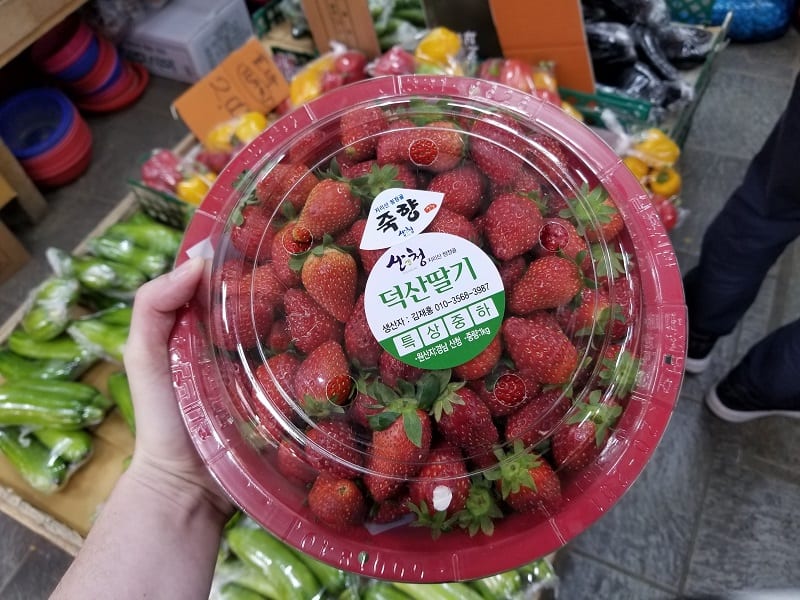
🍓 Ingredients and Types
Common Ingredients
Ice Base: The foundation of bingsu is finely shaved ice. It can be made from water or a milk mixture with condensed milk, giving it a creamy texture. The ice is shaved to a snow-like consistency, which melts in your mouth.
Sweeteners: Condensed milk is commonly drizzled over the ice for additional sweetness. Other sweeteners like fruit syrups and honey are also used.
Red Bean Paste: One staple topping is sweet red bean paste, which adds texture and flavor. This traditional component is often found in classic versions of bingsu.
Fruits: Fresh fruits like strawberries, kiwi, and mango are popular choices. They add natural sweetness and a burst of flavor.
Additional Toppings: Other common toppings include small rice cakes, cereal, and nuts, which add texture and variety to the dessert.
Varieties of Bingsu Flavors
Patbingsu: This traditional version features the iconic red bean paste along with condensed milk and rice cakes. It’s a classic choice that highlights the basic ingredients.
Fruit Bingsu: Many prefer fruit bingsu, which is topped with fresh fruits like strawberries, mango, and kiwi. Sometimes yogurt or fruit syrups are added to enhance the flavors.
Green Tea Bingsu: This variation uses matcha powder mixed into the ice or as a topping. Often combined with red bean paste and mochi, it provides a unique taste for tea lovers.
Chocolate Bingsu: For those with a sweet tooth, chocolate bingsu features chocolate syrup, cocoa powder, and sometimes chocolate chips or cookies. It’s a rich and indulgent option.
Cheese Bingsu: A more recent invention, this one includes cheese cubes or a creamy cheesecake topping. It offers a savory twist to the otherwise sweet dessert.
🥝 Preparing Traditional Bingsu
Tools and Techniques
To make traditional bingsu, an ice shaver is a must. This tool creates the fine, snow-like ice flakes that define bingsu. Electric ice shavers are often preferred because they produce finer ice faster, but for smaller batches, a manual ice shaver works, too.
If you don’t have an ice shaver, a blender or food processor can be used, but the texture won’t be as smooth. Before starting, freeze the water in an ice cube tray. Some recipes suggest mixing milk and condensed milk for the ice base, then freezing it to add sweetness and creaminess.
Authentic Bingsu Recipe
Prepare the Ice Base: Mix 1 cup of milk with 3 tablespoons of condensed milk. Pour the mixture into an ice cube tray and freeze for at least 5 hours.
Shave the Ice: Once frozen, add the ice to the ice shaver or blender. Shave the ice into fine flakes and divide it into serving bowls.
Add Toppings: Traditional toppings include red bean paste, sweetened condensed milk, and Korean rice cake pieces. You can also add fresh fruits like strawberries, kiwi, or mango for extra flavor and color.
Serve Immediately: Bingsu is best enjoyed right after it’s made, while the ice is still frosty and fresh.

🫘 Toppings and Variations
Classic Toppings
Traditional bingsu features toppings that have been loved for generations. Red bean paste, known as pat, is a staple, adding a sweet and slightly savory flavor.
Fresh fruits like strawberries, mango, and kiwifruit are also popular, adding natural sweetness and vibrant colors. Another classic topping is sweet rice cake, or tteok, which provides a chewy texture.
Nuts are sometimes sprinkled on top for a bit of crunch and added richness. Classic bingsu may also be drizzled with honey or condensed milk for an extra layer of sweetness.
Modern Twists and Fusion Variations
These days, bingsu has been adapted in creative ways, with some modern versions including cookies and mochi as toppings, appealing to those with a preference for Western or fusion desserts.
Matcha (green tea) bingsu has gained popularity. In this dish, finely shaved ice is infused with matcha powder and topped with red bean paste. Cheesecake pieces and ice cream are also trendy, adding richness and a creamy texture.
In some variations, you might find chocolate syrup, caramel drizzle, or even cereal toppings for added crunch and flavor contrasts. Bingsu’s flexibility with toppings makes it a fun and customizable dessert experience, ensuring that each bowl can be personalized to suit different tastes.
🩺 Health and Nutrition
Caloric Content
The caloric content of bingsu largely depends on the toppings. A typical serving size is around 1⅓ cups (320 grams). Basic bingsu, which might just include ice shaved from milk and some basic toppings, can range from about 300 to over 900 calories.
For instance, traditional patbingsu with sweetened red bean paste and condensed milk usually contains around 397 calories per serving. Adding extra toppings like fruit, candy, or yogurt will increase the total calories.
This makes it important to consider portion sizes and topping choices if you're watching your calorie intake.
Dietary Considerations
Several dietary factors can affect whether bingsu is a suitable choice. The milk-based shaved ice gives the dessert a creamy texture, essential for its authentic feel. This version often contains dairy, making it unsuitable for those with lactose intolerance unless lactose-free milk is used.
Toppings like yogurt, fruit, and various candies can introduce various nutrients, but also added sugars. Choosing fruit or minimal sweet toppings can make bingsu a healthier option.
Those with dietary restrictions should be mindful of ingredients, as some versions of bingsu may contain allergens such as dairy or nuts. Opting for simpler, less sugary versions can help maintain a balanced diet while still enjoying this refreshing treat.
❓ Frequently Asked Questions
The key ingredients for bingsu include shaved ice, sweetened condensed milk, and toppings like red beans, fruit, or mochi. Traditional bingsu often uses shaved milk ice, creating a creamy texture. Many recipes also call for different flavorings and syrups.
To make bingsu at home, prepare shaved milk ice using a mixture of milk and sweetened condensed milk. Once you have the shaved ice, drizzle more sweetened condensed milk. Add your favorite toppings, such as red bean paste, fruit, or nuts.
To find the best bingsu in your area, check out local Korean dessert cafes or restaurants. Many places specialize in bingsu and offer a variety of flavors. Look for reviews online or ask for recommendations from friends who enjoy Korean cuisine.
Traditional shaved ice often uses plain ice and flavored syrups, while bingsu typically uses shaved milk ice for a creamier texture. Bingsu also includes a variety of unique toppings like sweetened red beans, fruits, and condensed milk, setting it apart from other types of shaved ice.

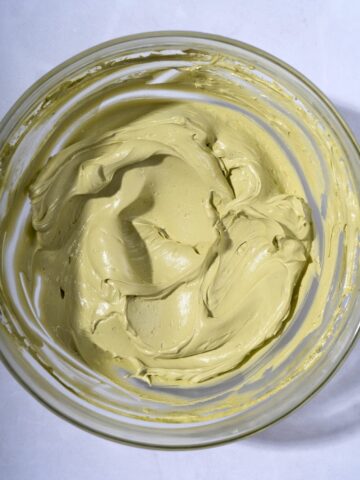
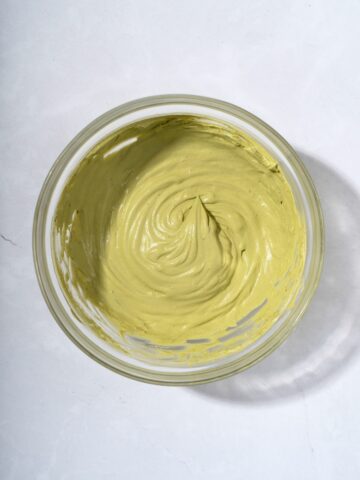
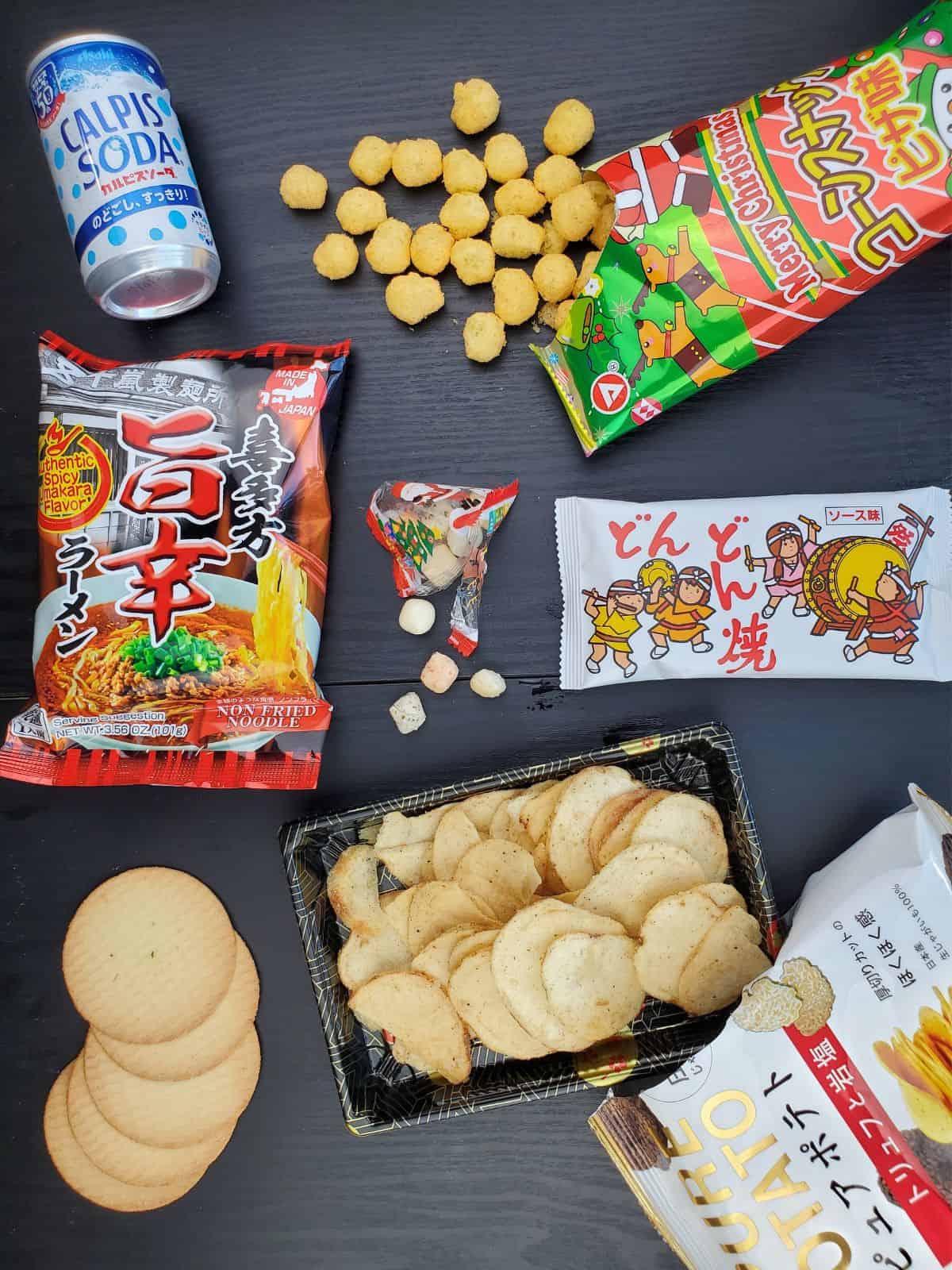
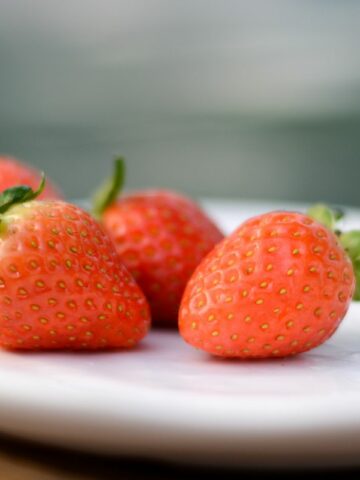
Comments
No Comments